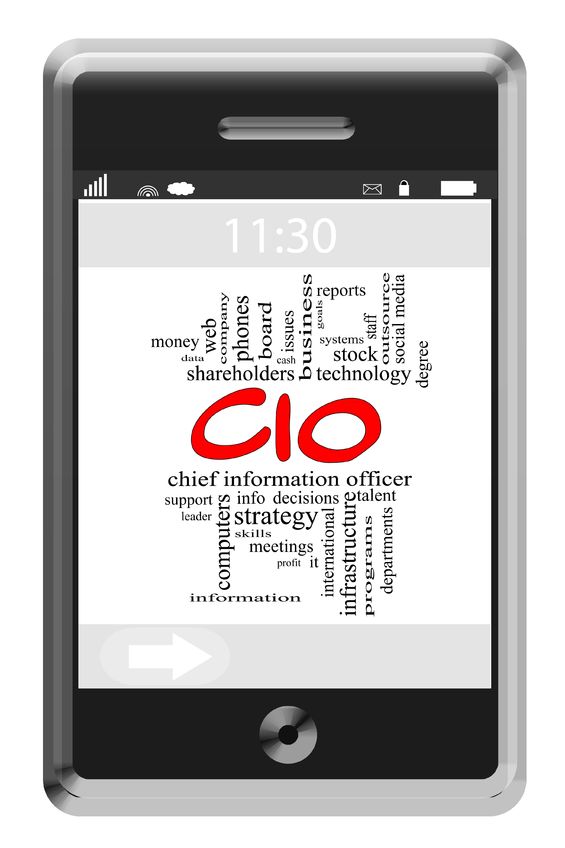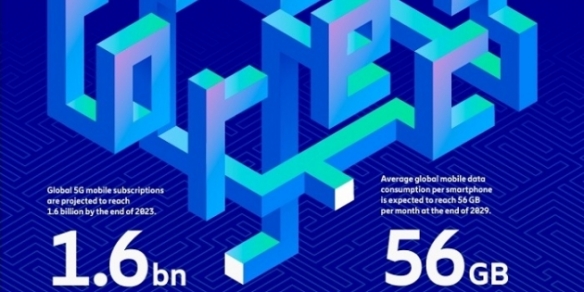Five trends that will shape IT decisions in 2014
By KT Ong January 27, 2014
- New trends are fast changing the way organisations traditionally manage their business
- Present new challenges and opportunities that will drive IT and business decisions this year
 WHAT’S the next big IT trend? I often get asked this question during my regular meetings with business leaders and CIOs (chief information officers).
WHAT’S the next big IT trend? I often get asked this question during my regular meetings with business leaders and CIOs (chief information officers).
Customers want to know how they can leverage these trends, as well as how they can address any challenges. These trends, including the explosion of data, cloud computing and the multitude of personal devices on the corporate network, are fast changing the way organisations traditionally manage their business.
The challenges and opportunities are more apparent than ever before, and look set to drive IT and business decisions in the coming year.
1) One cloud does not fit all
In the past, most organisations jumped on the cloud computing bandwagon, adopting cloud services with no regard towards their company size or nature.
However, cloud computing has reached an inflection point, and as Forrester predicts in its Cloud Computing Playbook, enterprises today recognise that they need a comprehensive strategy before partaking in the cloud.
In 2014, organisations will increasingly realise that one cloud does not fit all. There will be more interest on the options available, including the type of cloud – public, private or hybrid, as well as how to ensure the security of data moving in and out of the cloud.
Security will naturally remain a primary concern, especially with employees leveraging free cloud services and social media sites to transfer corporate files.
 2) CYOD, the new BYOD
2) CYOD, the new BYOD
Enterprises across Asia Pacific have been experimenting with the concept of Bring Your Own Device (BYOD), allowing employees to bring their personal computing or mobile devices to work.
BYOD, however, comes with its own set of challenges. CIOs continue to fret over the loss of control over devices, and worry about allowing corporate networks to become vulnerable to employees’ personal data, viruses, apps, open ports and cloud services.
An alternative mobility business model that we see businesses exploring in 2014 is Choose Your Own Device (CYOD).
CYOD bridges the gap between employee choice and CIOs’ need to manage and secure the organisation. It enables organisations to offer their employees a choice of a company-approved device with the appropriate security and standardisation.
With CYOD, CIOs can easily manage the deployment of multiple device options with the right security configurations.
3) Digital relationships with social media
Today’s connected consumers are individuals, with unique interests. Social media makes it easier for organisations to understand, connect and deliver to their target audience in more relevant and personalised ways.
This real-time strategy is gaining popularity, especially since customers often have the best ideas and insights, being the end-users of various products and services.
Social media will continue to become more than a tool for companies in 2014 – it will become an extension of any brand and their relationships with their customers.
4) Big data analytics gets simpler
Big data analytics are used by organisations in an effort to better run their operations and understand their businesses, their customers and constituents and the environments in which they operate. Influenced by others who have successfully used big data, organisations are keen to find out how they can leverage insights from big data analytics to benefit their business.
However, converting data to decisions is made difficult when you consider the increase in data volumes, velocities, varieties and volatility. There is also the added consideration from the growth of event and machine-generated data.
Unfortunately, not all organisations are ready to make the capital-intensive investments in hardware nor have the in-house skill sets to build and maintain a complex big data analytics infrastructure.
There is thus business opportunity to develop new analytical models and supporting tools to help organisations deal with big data and leverage analytics simply, and this will be more apparent in 2014.
Options to leverage big data analytics will increase – from outsourcing data analytics to cloud-based service providers to purchasing simple data analytics startup kits.
5) Security at the core of business strategy
The major challenges impacting IT today make it crucial for organisations to move away from managing security in silos. Organisations will increasingly embrace a holistic strategy focused on connecting security to the infrastructure, information and applications that are critical to the organisation.
In this age of increasing risk, organisations can no longer have security as just a component of their IT strategy. Instead, they have to learn that security is very much the business strategy in 2014.
The aim is to protect data wherever it resides – on the network, in the cloud, or on mobile devices.
KT Ong is the general manager of the Consumer and Commercial Business at Dell Malaysia.
Related Stories:
For a CIO, the real trick lies in asking the right question
The CIO: The cloud changes the game even more
Embrace changing trends or perish, says Gartner
Security as a business enabler, not a bottleneck
For more technology news and the latest updates, follow us on Twitter, LinkedIn or Like us on Facebook.


